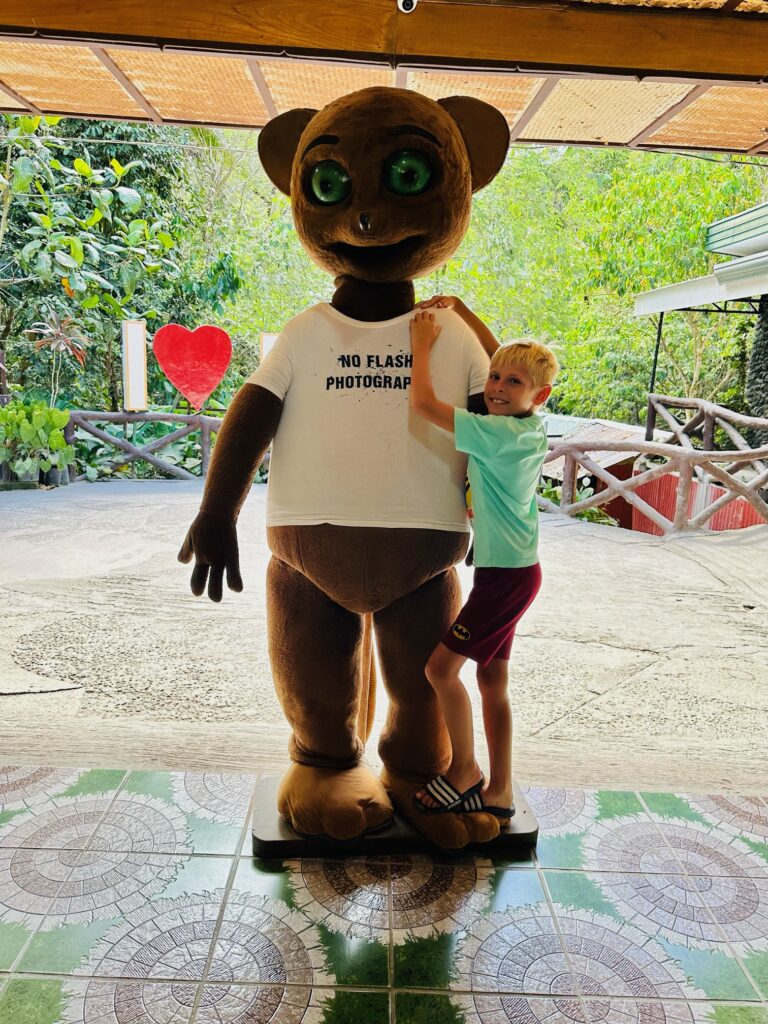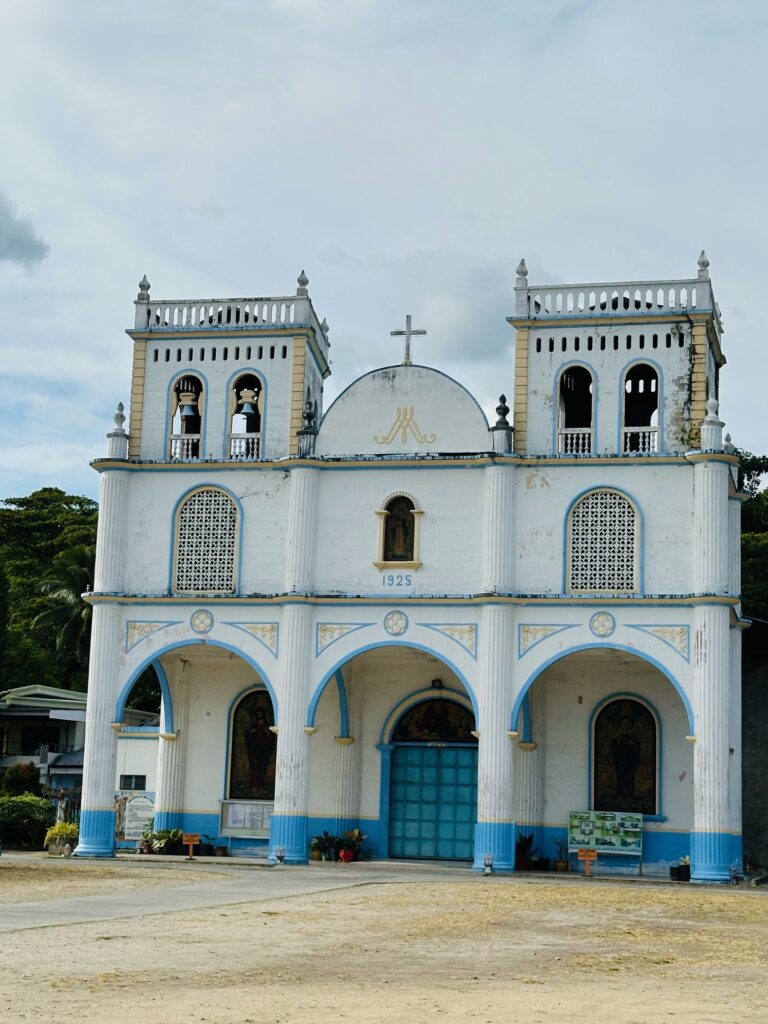Exploring the Philippines with kids: Your Guide to Island Hopping

The Philippines, an archipelago of over 7600 islands, is a paradise for travelers seeking diverse landscapes, vibrant cultures, and pristine beaches. Moving between these islands is a significant part of the adventure, offering various transportation options to suit every traveler’s needs. Here’s a comprehensive guide to help you navigate the beautiful islands of the Philippines.



But first – some facts about this beautiful Island Nation
- Archipelago Nation: The Philippines is an archipelago comprising over 7600 islands, with around 2000 of these islands inhabited. And what amazes is that around 5000 islands are yet to be named!
- Three Main Regions: The country is divided into three main geographical regions: Luzon (the largest and most populous), Visayas (a group of islands in the central Philippines), and Mindanao (the second-largest island group).
- Capital City: The capital of the Philippines is Manila, located on Luzon island. Metro Manila, the National Capital Region, is a densely populated area that includes Manila and its surrounding cities.
- Official Languages: The official languages are Filipino (based on Tagalog) and English. Many Filipinos are bilingual, and over 170 languages and dialects are spoken throughout the country.
- Population: The Philippines has a population of over 110 million people, making it the 13th most populous country in the world.
- Diverse Culture: The country has a rich cultural heritage influenced by its history, including indigenous, Spanish, American, and Asian influences.
- Economy: The Philippines has a mixed economy with agriculture, manufacturing, and services sectors. It is one of the fastest-growing economies in Southeast Asia.
- Biodiversity: The Philippines is known for its incredible biodiversity, featuring numerous unique species of flora and fauna. It is one of the world’s biodiversity hotspots.
- Tourism: Popular tourist destinations include Boracay, Palawan, Cebu, and Bohol, known for their beautiful beaches, crystal-clear waters, and vibrant marine life.
- Festivals: The Philippines is famous for its colorful festivals, such as Sinulog in Cebu, Ati-Atihan in Kalibo, and Pahiyas in Lucban, reflecting the country’s rich cultural traditions and religious celebrations.
- Currency of the nation in Philippine Peso (PHP).
- Climate – of the Philippines is tropical and maritime. It is characterized by relatively high temperature, high humidity and abundant rainfall. *Hottest Month: May: (92 F / 33 C)- we were in April and it was way too hot already, there were some days that we did. not go anywhere until the sun went down; *Coldest Month: January (85 F / 29 C) *Wettest Month: August (18.8 inches) *Driest Month: February (0.3 inches); *Windiest Month: December (9.8 mph)
Ways to Travel Between the Islands
1. Air Travel
Air travel is the fastest and most convenient way to move between distant islands. The Philippines has several airlines offering frequent flights to various destinations across the archipelago.
- Philippine Airlines: The country’s flag carrier, offering extensive domestic flights (link: PHILIPPINE AIRLINES )
- Cebu Pacific: Known for budget-friendly fares and a wide range of routes – and this one you would need to book in advance to get the most budget friendly air fares- link – CEBU PACIFIC AIR
- AirAsia Philippines: Another low-cost carrier with numerous domestic flights- we flew with this carrier and found their airfare to be the most budget friendly (we booked a few or couple weeks in advance; probable would have been even less if booked way in advance)- link: AIR ASIA
- PAL Express: A subsidiary of Philippine Airlines, focusing on regional flights- link – PAL EXPRESS
- SkyJet Airlines: Provides flights to popular tourist destinations.
- Cebgo: A subsidiary of Cebu Pacific, operating smaller aircraft to more remote locations – link- CEBU PACIFIC AIR
2. Ferry Services
Ferry services are a popular and scenic way to travel between islands, especially for shorter distances.
BUT– be aware when booking that most of them have baggage restrictions and if not adhering to them may cause you to have to pay for extra baggage. When we took OceanJet- according to the rules – we were not allowed to take in any food but we asked if we could because we had the baby traveling with us and they agreed.
- 2GO Travel: One of the largest ferry operators, offering routes between major islands- link- 2GO TRAVEL
- OceanJet: Known for fast crafts that connect Visayas and Mindanao – we used this ferry to travel from Cebu to Bohol Island – it was a 2 hour trip- link – OCEAN JET
- Montenegro Lines: Provides services across Luzon, Visayas, and Mindanao- link –MONTENEGRO LINES
- SuperCat: A subsidiary of 2GO Travel, offering high-speed ferry services- link – SUPERCAT
- Lite Ferries: Serves various routes, focusing on the Visayas and Mindanao regions- link – LITE FERRIES
3. Ro-Ro (Roll-On/Roll-Off) Vessels
Ro-Ro vessels are essential for travelers who wish to bring their vehicles along. These ferries accommodate cars, motorcycles, and passengers, making it easy to explore the islands at your own pace.
- Philtranco: Offers combined bus and Ro-Ro services, convenient for seamless travel.
- FastCat: Modern Ro-Ro ferries that connect major islands.
4. Banca (Pump Boat)
For shorter distances and a more local experience, banca boats are widely used. These traditional outrigger boats are ideal for island hopping in areas like Palawan, Boracay, and Cebu.
- Local Operators: Many local operators offer banca services for both scheduled routes and private tours.
5. Chartered Flights and Boats
For those seeking privacy and convenience, chartered flights and boats are available. These can be arranged through travel agencies or directly with service providers.
- AirTaxi.ph: Offers private plane charters across the Philippines.
- Helicopter Charters: Available for quick and luxurious travel to exclusive destinations.
- Private Boat Charters: Ideal for exploring remote islands and beaches at your leisure.
Tips for Seamless Island Hopping
- Book in Advance: Whether flying or taking a ferry, advance booking can save money and secure your spot.
- Check Schedules: Transportation schedules can vary, especially with ferries. Always check the latest schedules and weather conditions.
- Travel Light: Packing light makes it easier to move between different modes of transport.
- Stay Flexible: Weather conditions can affect travel plans, especially during the rainy season (June to November).
Navigating the Philippines’ islands is an adventure in itself, offering a blend of speed and scenic routes. Whether you choose the quick convenience of flights, the leisurely pace of ferries, or the flexibility of Ro-Ro vessels and chartered options, each mode of transport provides a unique perspective on this stunning archipelago. Plan ahead, stay informed, and embrace the journey as you explore the diverse beauty of the Philippines.